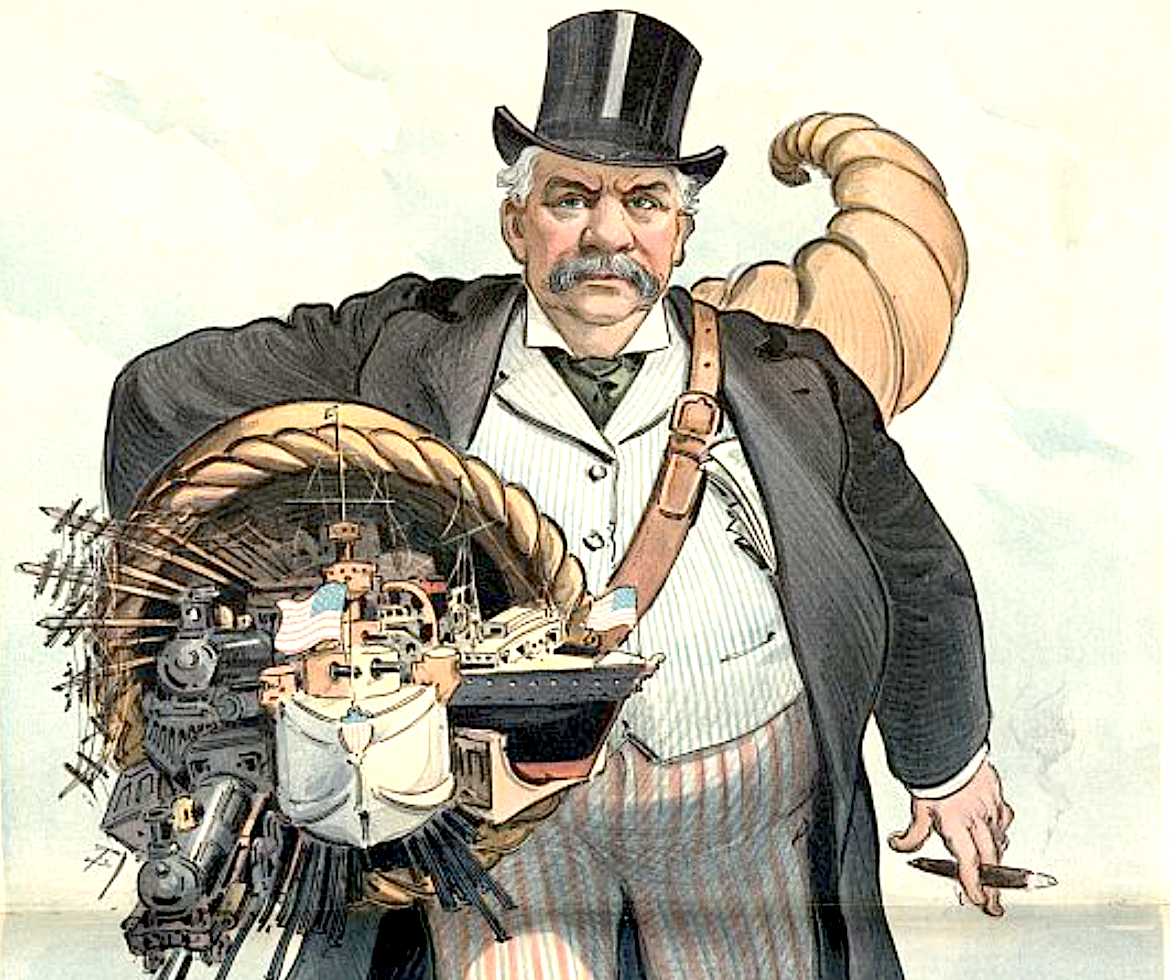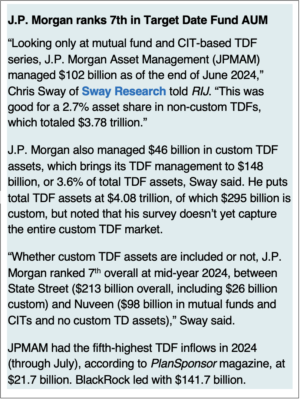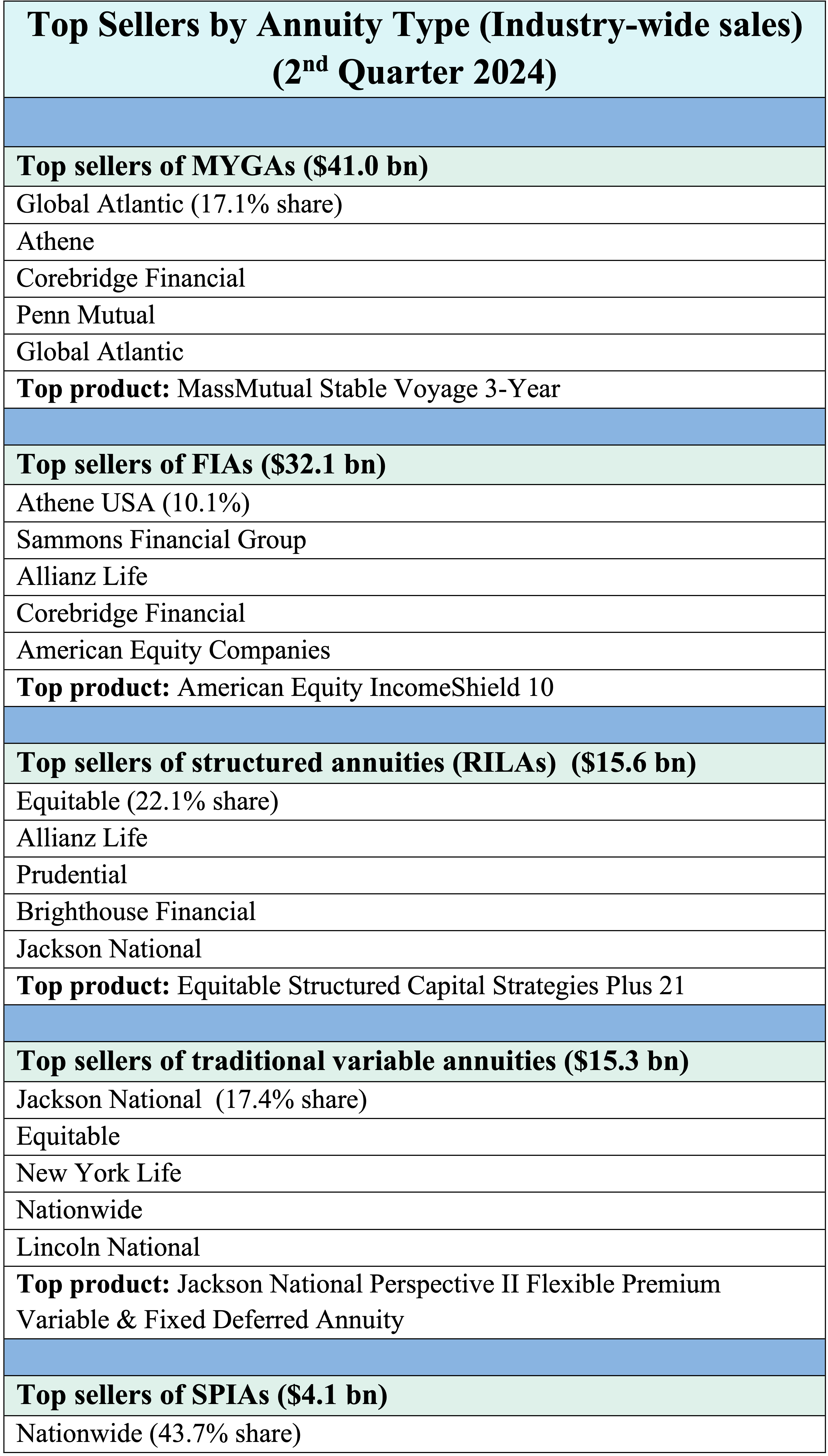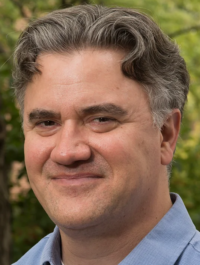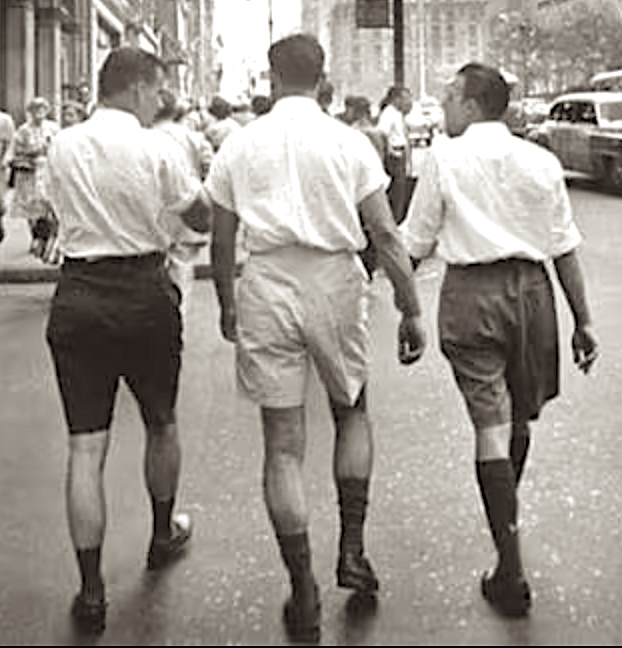
US insurers hold more private equity, but income on PE drops
U.S. insurers experienced a second straight year of declining income on their private equity investments, which dropped to $7.7 billion in 2023, down from $10.2 billion in 2022, according to ratings agency AM Best.
A new Best’s Special Report notes that U.S. insurers’ private equity holdings rose 10.8% to $146.2 billion, up from $132 billion in 2022; this followed growth of 3.3% in 2022 and 37% in 2021.
That increase in 2023 was driven by $7.4 billion from new investment acquisitions or additional investments in current holdings, with the book value of current holdings increasing by approximately $6.8 billion.
Nearly all of that growth was generated by life-annuity (L/A) insurers, which account for over three quarters of the insurance industry’s private equity investments.
Investments in private equity remain concentrated in a few large insurers, according to the report. Fifteen companies, almost entirely L/A carriers, account for just over 60% of private equity holdings, with allocations averaging only 5% of invested assets. “The ratio of these holdings to capital can be a better guide for determining potential exposure,” said David Lopes, senior industry analyst, AM Best.
The report notes that the average exposure for capital & surplus (C&S) among the top 15 holders of private equity investments is 40.2%. However, more than half of AM Best’s rated companies with private equity investments have exposures amounting to less than 10% of their C&S.
Demand for private equity investments had slowed in 2022 compared with 2021, due to a rise in interest rates and concerns about a potential recession, but private equity investments again rose in 2023, as insurers sought higher yields with alternative options.
“Understanding the performance and risks of the private equity firms that investors choose to invest in requires comprehensive due diligence,” Lopes said. “Most insurers investing in private equity have larger sophisticated in-house investment management teams. Also, most insurers prefer experienced money managers with a solid history.”
Insurers use private equity to diversify investments and achieve higher yields versus other asset classes, but the small percentage allocations of invested assets point to generally more conservative investment strategies and lower levels of risk tolerance, according to the report. Insurers are also wary of the effects of private equity investments on capital models. Investments in common equity vehicles such as limited partnerships are subject to higher capital charges than rated debt or preferred equity.
State Street sued again for recommending Athene in PRT deals
Two new federal class action lawsuits were filed in September against State Street Global Advisors Trust Co., as a pension adviser, and against pension plan sponsors who followed SSgA’s recommendations to replace their defined benefit pensions with group annuities underwritten by Athene Annuity & Life.
In recommending Athene, both lawsuits claim, SSgA failed in its fiduciary duty to recommend only the “best available annuity,” as required by the Employee Retirement Income Security Act of 1974 (ERISA). Athene is not, however, named as a defendant in either case. Similar suits, filed on behalf of pension plan beneficiaries, were filed earlier in 2024.
The first of the latest two cases, filed September 3 in U.S. District Court, Southern District of New York, involved the 2019 transfer of more than $2 billion in pension plan assets of pharmaceutical giant Bristol-Myers Squibb to Athene. The second case, filed September 4 in U.S. District Court, District of Colorado, involved the 2021 transfer of $1.4 billion in pension plan assets of Lumen Technologies to Athene.
The lead attorney in the Bristol-Myers Squibb case is Edward Stone of New York. The lead law firm in the Lumen case is Schlichter Bogard LLP of St. Louis. Both firms have filed similar lawsuits in the past alleging violations of U.S. pension law in pension risk transfer deals involving SSgA and Athene. Schlichter filed suits in March and May of this year, regarding SSgA’s advice for plan sponsors AT&T and Lockheed-Martin.
The Bristol-Myers Squibb suit alleges that:
“Bristol-Myers, The [pension] Committee, and State Street breached their duty of prudence by selecting an unsuitable annuity provider and breached their duty of loyalty by favoring their own corporate interests over the participants’ interests in a secure retirement. Bristol-Myers’ and The Committee’s goal was to save Bristol-Myers money and State Street’s goal was to further its line of business that recommends Athene as an annuity provider. Consequently, their search and selection of Athene was biased in favor of the lower-cost provider and neither objective nor sufficiently thorough or analytical, thereby breaching their duty of prudence.”
According to the Lumen suit:
“Defendants did not select the safest possible annuity available to ensure the continued, long-term financial security of Lumen retirees and their beneficiaries. Instead, Defendants selected Athene, whose annuity products are substantially riskier than those of numerous other traditional annuity providers. Athene structures its annuities to generate higher expected returns and profits for itself and its affiliates by investing in lower-quality, higher-risk assets rather than in quality assets that would better support its future benefit obligations. In transferring Plaintiffs’ pension benefits to Athene, Defendants put Lumen retirees’ and their beneficiaries’ future retirement benefits at substantial risk of default without appropriate compensation. Because the market devalues annuities when accounting for such risk, it is also likely that Lumen saved a substantial amount of money by selecting a group annuity contract (or group annuity contracts) from Athene instead of the actual safest annuity available.”
Both suits make reference to Athene, a life insurer created by private equity firm Apollo Global Management in 2009 for the purpose of selling annuities to older Americans, reducing the capital requirements that come with those sales through offshore “financial reinsurance,” and investing a portion of the annuity premium in loans originated by Apollo. Retirement Income Journal has tagged such a business model, since copied by many other U.S. life insurers, as the “Bermuda Triangle strategy.”
State Street and Apollo to partner on distribution of private assets
State Street Global Advisors (SSgA), the wealth management firm, and Apollo Global Management, Inc., manager of alternative assets and issuer of Athene fixed deferred annuities, has announced a partnership to bring private assets to a wider audience of investors.
“This relationship of a market-leading, global asset manager and a market leading originator of private assets is designed to open the door to investing in private markets and expand access to a wider investor base,” the two firms said in a September release.
As of June 30, Apollo reported more than $145 billion of asset origination in the prior twelve months, through its credit business and “origination ecosystem spanning 16 standalone platforms.”
At the end of 2023, SSgA was the world’s fourth-largest asset manager with assets under management of $4.37 trillion, according to the Pensions and Investments Research center. That figure includes (as of June 30, 2024), $1.394 trillion in its proprietary SPDR exchange-traded funds, of which $69.35 billion was in gold assets.
Oceanview launches ‘Topsider’ fixed indexed annuity
Oceanview Life and Annuity, a fixed deferred annuity issuer affiliated with Bayview Asset Management, and Simplicity Group, a financial products distributor, have brought a new fixed indexed annuity to market: Topsider FIA.
The Topsider FIA’s “Gain Control Option” allows clients to potentially increase their participation in market gains by applying a portion of their annual index credits towards a higher participation rate for the following year. “This feature aims to capitalize on market recovery cycles,” an Oceanview release said.
Oceanview Holdings Ltd. provides retail annuities and asset-intensive reinsurance solutions through its subsidiaries. On a consolidated basis, Oceanview had over $12 billion in assets as of year-end 2023. It holds an A (Excellent) strength rating from AM Best.
The Topsider FIA’s features include (beside the standard FIA features of tax deferral and protection from market loss):
Allows clients to increase participation rates using a portion of their annual index credits.
Includes crediting strategies tied to the S&P 500 Daily Risk Control 10% Excess Return Index.
Allows clients to modify their Gain Control Option percentage each contract anniversary.
Is available exclusively through Simplicity Group’s distribution network.
Oceanview has the structure of companies that use what RIJ has called the “Bermuda Triangle” strategy. This structure includes an alternative asset management firm, a U.S. issuer of fixed-rate or fixed indexed annuities, and reinsurers in Bermuda or the Cayman Islands—all of which are under the same corporate umbrella.
In 2018, Bayview Asset Management, led by David Ertel, funded Oceanview Holdings Ltd with $1 billion raised from institutional investors, according to AnnuityAdvantage.com. Oceanview Holdings then purchased Alabama-domiciled Longevity Insurance and renamed it Oceanview Life and Annuity Company.
Oceanview Asset Management LLC, a wholly-owned subsidiary of Bayview Asset Management, LLC, is Oceanview Life and Annuity’s investment manager.
In April 2018, Oceanview Holdings established Oceanview Reinsurance in Bermuda. In 2021, Oceanview Bermuda Reinsurance was formed, with 75% ownership by Oceanview Reinsurance and 25% ownership by Overview Holdings. In June 2024, Oceanview Holdings Ltd. announced the establishment of Oceanview Secure Reinsurance Ltd., in the Cayman Islands.
Munich Re wants to take longevity risk out of life insurers’ PRT deals
Munich Re North America Life is now offering “longevity reinsurance” to help clients “accumulate assets while transferring biometric risk,” a release said. This “pension risk transfer” (PRT) product will allow clients to “convert uncertain future pension or annuity payments to a fixed cash flow stream.”
“Likely clients are insurance companies involved the PRT deals and also asset reinsurers which are often private equity companies buying blocks from insurance companies in order to reinvest assets,” said Munich Re Second Vice President and Actuary, Longevity Reinsurance, Ben Blakeslee.
“There was ~$45b of PRT transactions in the U.S. in 2023 across 21 insurers, and these figure have been rapidly growing over the past 10 years,” he added, citing data from Aon, the consulting firm. “Despite this, longevity reinsurance has been rarely used, so these insurers are retaining substantial longevity risk. We expect reinsurance capacity will become increasingly valuable to support this quickly growing market.”
“We believe there is significant, untapped demand for longevity reinsurance in the US and Canada markets,” said Mary Forrest, President and CEO of Munich Re North America Life, in a statement.
Clients will be able to lock in mortality assumptions and a fee at inception, according to the statement. “With the increased reserve and capital requirements for longevity risks, and further changes coming in the US, insurers and asset reinsurers can leverage Munich Re’s strong balance sheet and deep mortality expertise,” the release said.
The pension risk transfer market has grown alongside elevated interest rates in recent years. Meanwhile, insurers are seeking to balance mortality and longevity risks. Under these conditions, longevity reinsurance “can complement a variety of risk management strategies,” Munich Re said.
Munich Re North America Life includes Munich Re Life US and Munich Re, Canada (Life), which have served the U.S., Canada, Bermuda and Caribbean markets for 65 years.
Munich Re Life US, a subsidiary of Munich Re Group, is a leading US reinsurer. Munich Re Life US also offers “tailored financial reinsurance solutions to help life and disability insurance carriers manage organic growth and capital efficiency as well as M&A support to help achieve transaction success.”
LeMay and Bickler to co-lead Individual Markets at Global Atlantic
Global Atlantic Financial Group, a life/annuity subsidiary of asset manager KKR, has appointed Emily LeMay, its chief operations officer and Jason Bickler, its chief distribution officer, as co-heads, Individual Markets, effective immediately. LeMay and Bickler will report to Rob Arena, co-president of Global Atlantic.
LeMay joined Global Atlantic seven years ago. She began her career at MetLife, rising to Operations and Customer Experience Strategy for the U.S. and Latin America. She currently serves as vice-chair of the Insured Retirement Institute’s (IRI’s) Digital First Initiative.
Bickler has been with Global Atlantic for 10 years. He began his career as an actuary at Allstate, assuming roles of increasing leadership responsibility including product design, relationship management, direct sales and sales leadership.
© 2024 RIJ Publishing LLC. All rights reserved.



